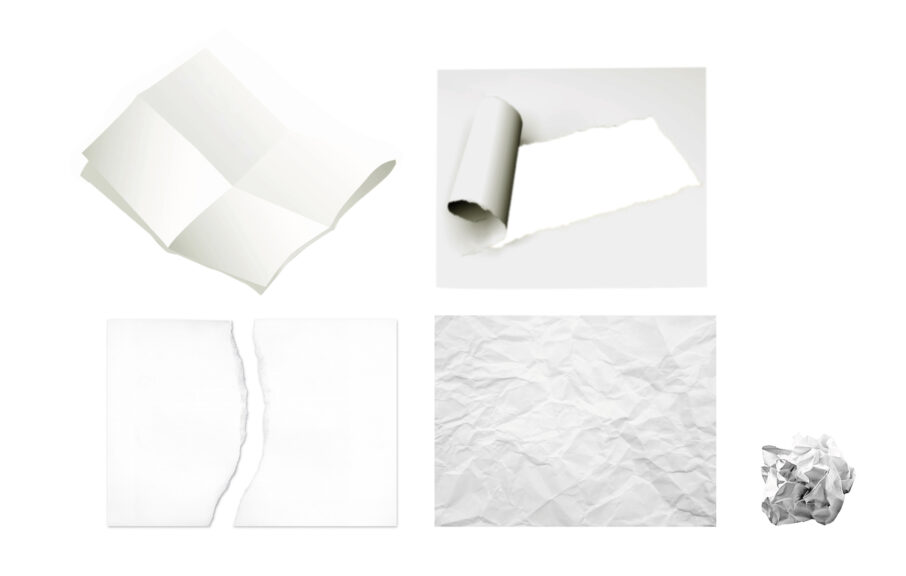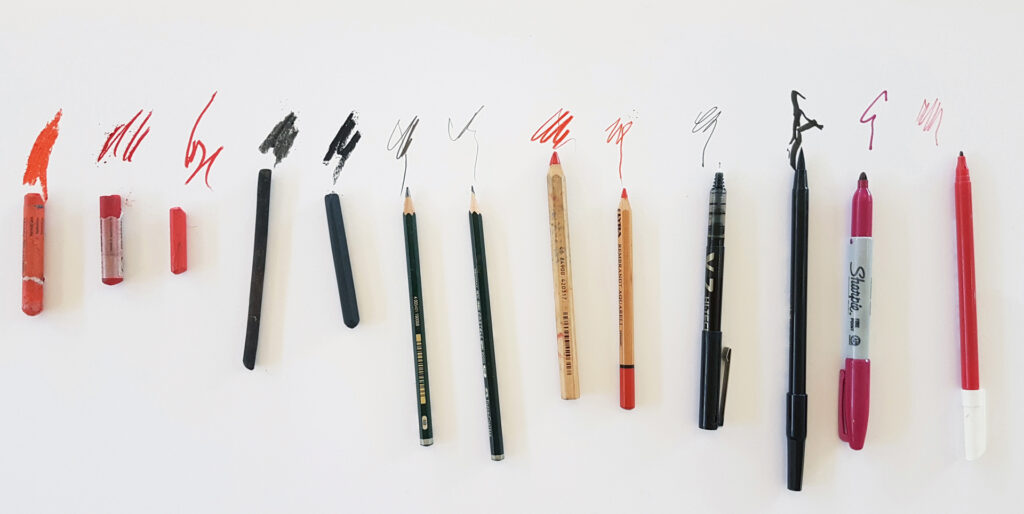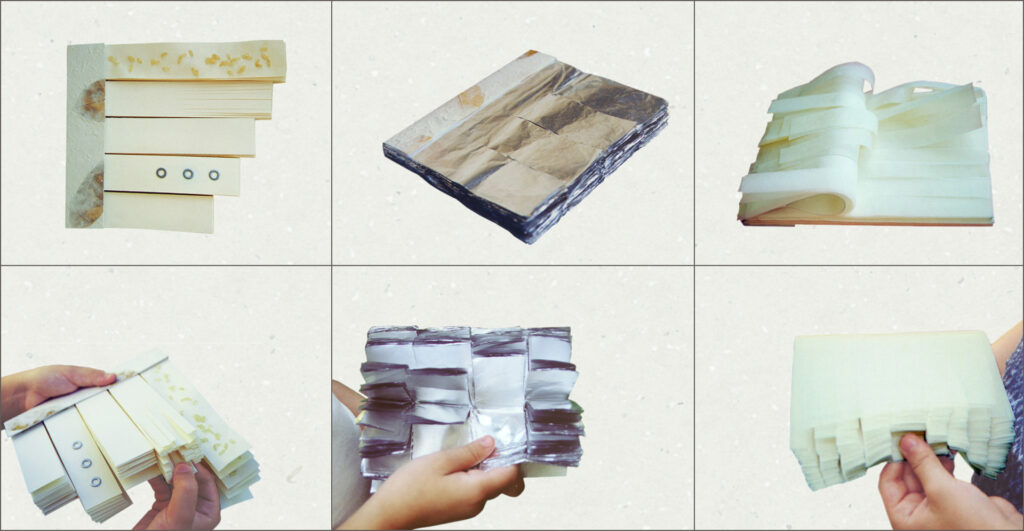They all look the same from a distance… but looking closer, each one is unique, shaped over time by water and wind. Just taking it in your hands, the stone speaks to you through its weight, size, texture, color, shape, hardness, maybe its humidity, its sound. A stone appears so unchangeable, immobile, monolithic, indivisible. It is probably thousands years old. Each of them has a long story, maybe it was a part of a mountain or it traveled through the see.
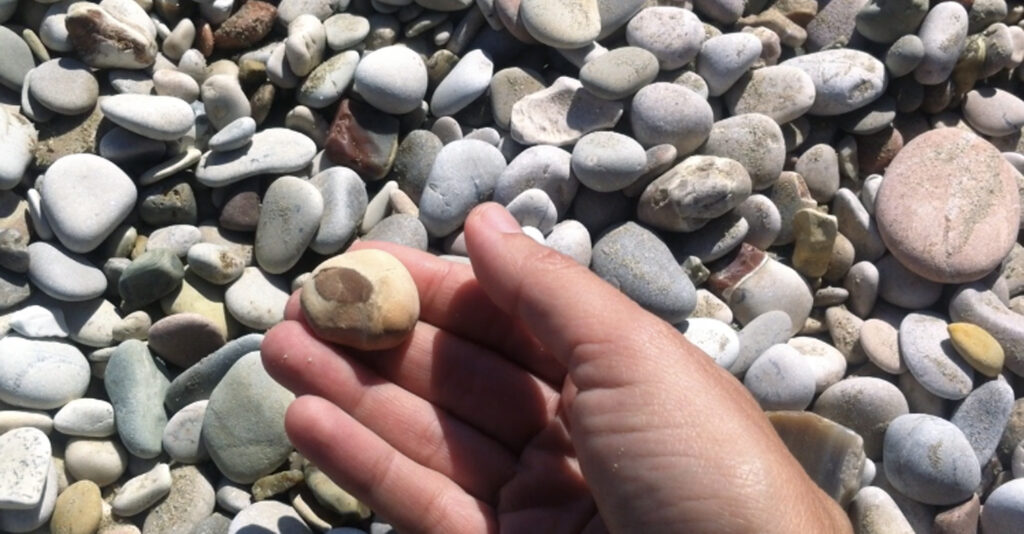
The poetress Wisława Szymborska wrote a beautiful poem describing an encounter with a stone:
I knock at the stone’s front door
“It’s only me, let me come in.
I want to enter your insides,
have a look around (…)
“Go away,” says the stone.
“I’m shut tight. Even if you break me to pieces,
we’ll all still be closed.

The poetress continues to ask many times:
It’s only me, let me come in.
I’ve come out of pure curiosity.
And every time the stone answers
You shall not enter.
You may get to know me but you’ll never know me through…
I warmly suggest you to entirely read this poem, “Conversation with a stone”, by yourself, at your own pace. It beautifully shows the gap between us – humans – and the stone. How do we face with this gap? Can we accept we can not understand something that is too different, too distant from us? Can we just welcome this natural limit, that depends on both our natures? What is our reaction when the message (of a material or of a person) is “You can’t enter here”?

Now, let’s imagine that, in a early childhood context, a child wants to colour a stone. What would you suggest? Of course, there is not only one right solution, anyway, I think that if you had an empathetic approach towards the stone, you could easily make a choice that is is attuned and consistent with its essence. Probably, not covering it with acrilic paint, so colourful and plastic, or tracing it with markers…
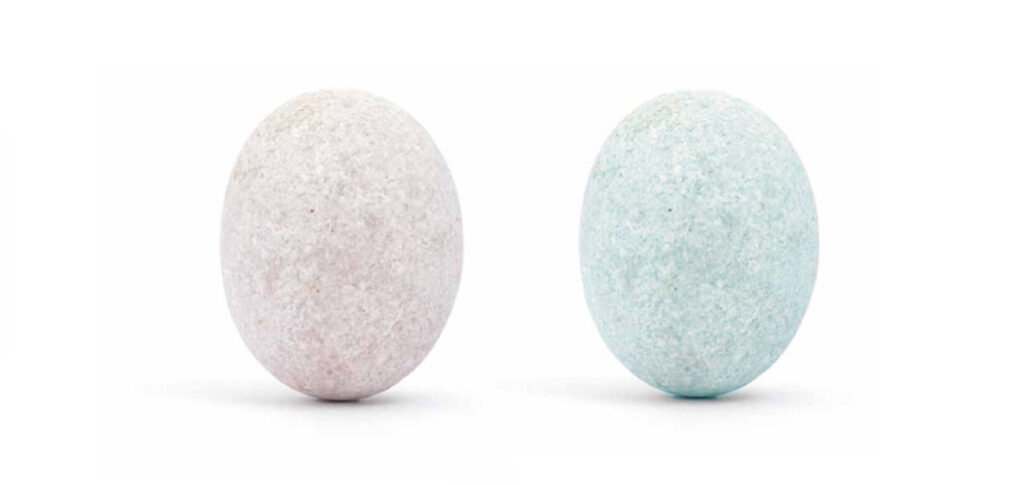
… maybe immersing it in some water with some drops of colored ink. Each stone will absorbe the colored water according to its consistence, so that they will remain all different. Some will change a lot, some will stay the same, some will take a new light shade. I have nothing against ladybug-stones or faces-stones and so on… but – if you do such a thing – I think you sre not really encountering a stone or a ladybug.

Personally, I also do not like using any kind of glue with stones – as I perceive they are not connected as materials. I prefer to play with weight, balance, compositions. Thus, when I present stones in a workshop for children, I do not like to provide glue but other materials, like paper, fabris, threads. As an example, I would like to show you a stand and a workshop I designed for a big event, many years ago.

It was dedicated to paper and stones, two so different materials… one so light and flexible, the other so heavy and fixed. Adults and children of every age could freely come in. They were invited to carefully observe the presented materials, and then, to choose some ones, collecting them in a bag.


How can paper and stones meet? This was the question that people were asked to investigate, sitting on a table with their chosen materials. The goal was not to have a final product but playing with the materials and their encounters, even if a final work often took shape.

The grammar of paper meets the grammar of stones. Before the creative process happens, the potentials of both materials are already present, but silent. While the material is transformed, its nature unfolds. In other words, it is a mutual enrichment, respecting the specific potential and limits of both parties.

Would you like to try? You can use any kind of paper you have at home, of any shape, as well as any kind of stones. You are also welcome to share your investigations… Enjoy and see you to the next chapter of the grammar of matter!

Click here for exploring the Grammar of Matter through the new Course, where I have condensed my experience of atelierista and art therapist (20% off for Newsletter Subscribers!)

